Some readers noticed that Cisco’s Linksys E4200 was notably absent from the three-router three-stream N round-up posted last week. That was because I had given my review unit away in a contest. But Cisco quickly sent another for three-stream testing. So let’s get to it!
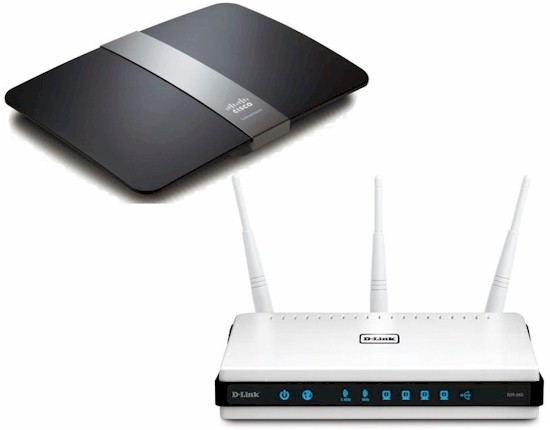
Cisco Linksys E4200
To recap, the E4200 is a three stream N on 5 GHz only router with a Broadcom-based design very similar to NETGEAR’s WNDR4000, using a Broadcom BCM4331 Single-Chip 802.11n Dual-Band 3×3 for the 5 GHz radio. (Check the E4200 review for full construction details.)
I first upgraded it to 1.0.02 firmware, set it up on Channel 36 and proceeded to test away with the new three-stream test procedure.
The summary table in Figure 1 includes test results for all four 5 GHz band three-stream routers tested this time and in the previous article. The WNDR4000, E4200 and DIR-665 take turns winning the various rounds, all performing significantly better than the Belkin N750 DB. The Marvell-based D-Link DIR-665 produced the highest throughput of 93 Mbps running downlink in Location A.
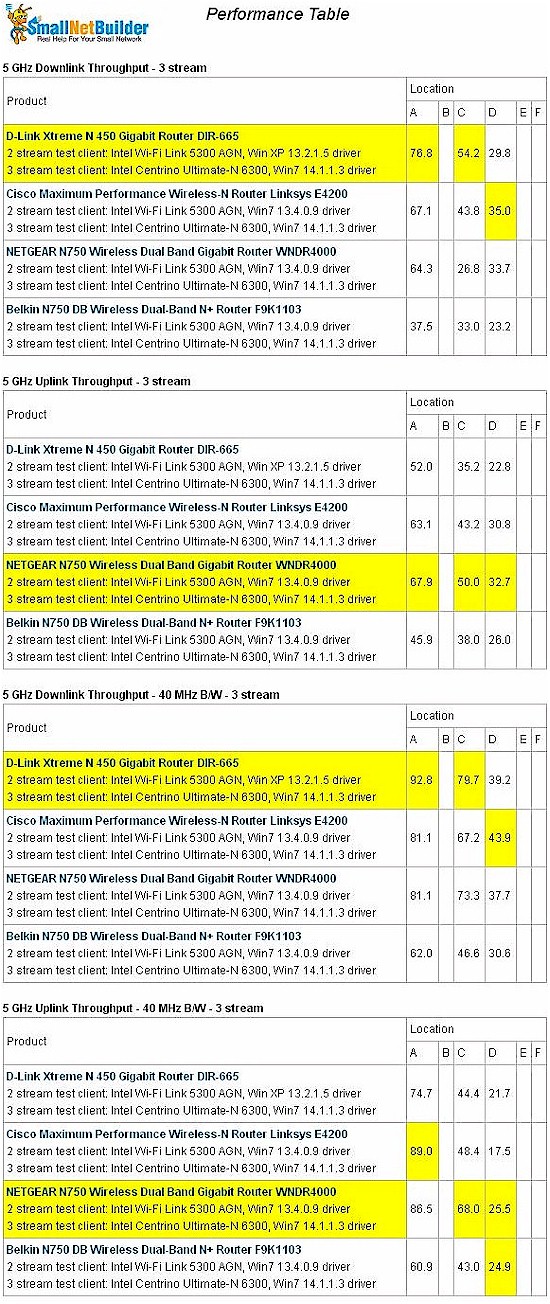
Figure 1: Three stream performance – 5 GHz band
Note, however, how fast that throughput drops off when moving from strongest signal Location A to medium signal level Location C and even faster moving to medium low location D. Keep in mind that there are no walls between Location C and D and only about 20 feet distance between them.
It appears that three-stream N is even more susceptible to throughput loss due to physical obstacles than two-stream! This is a bit easier to see using the Performance vs. Location plot in Figure 2.
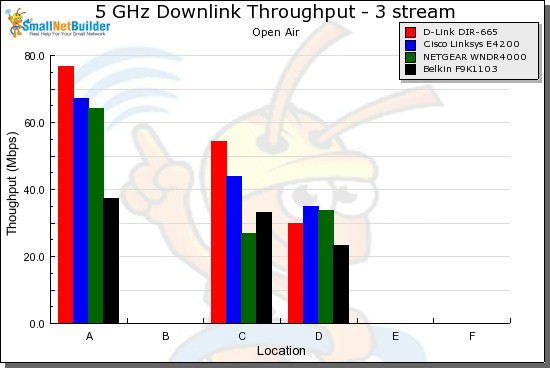
Figure 2: Performance vs. Location -3 stream downlink, 20 MHz mode
The IxChariot plot in Figure 3 shows that the E4200’s throughput is pretty steady. But I should note that in many cases for this and the D-Link, I had to make multiple runs so that throughput shifts wouldn’t undully influence results.
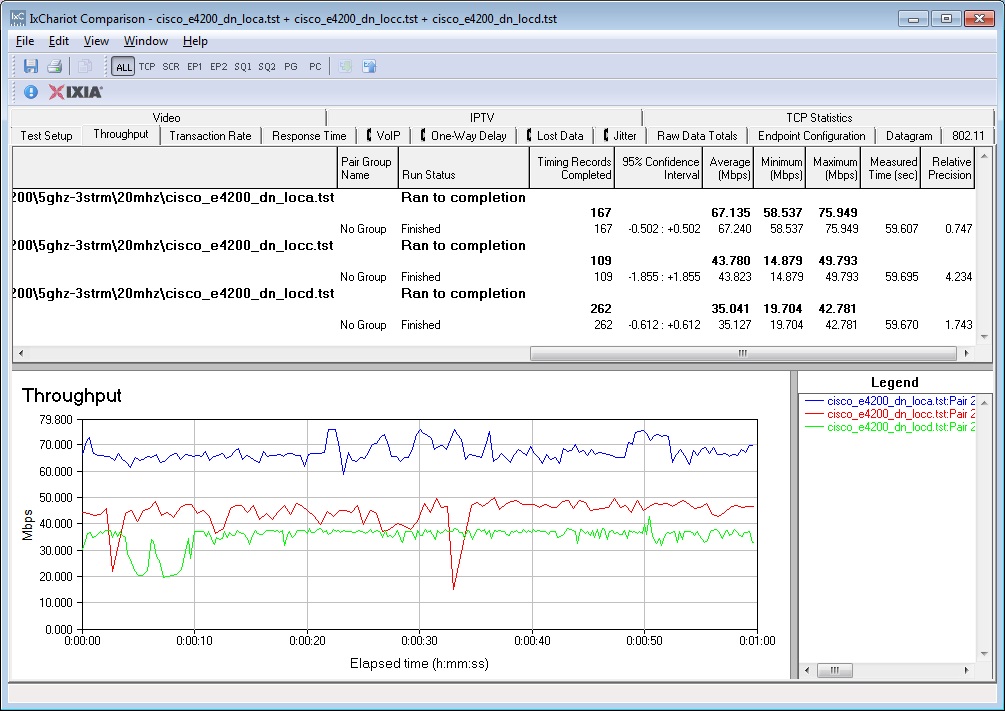
Figure 3: Cisco Linksys E4200 IxChariot plot summary – 5 GHz, 20 MHz mode, downlink, three stream client
I measured 124 Mbps of total throughput running simultaneous up and downlink tests in location A in Auto 20/40 mode.
Here are links to the other 5 GHz plots for your inspection:
- 5 GHz / 20 MHz uplink
- 5 GHz / 20 MHz up and downlink
- 5 GHz / 40 MHz downlink
- 5 GHz / 40 MHz uplink
- 5 GHz / 40 MHz up and downlink
D-Link DIR-665
D-Link hasn’t shown much love for its first three-stream router, which hasn’t had a firmware update in the 13 months or so that it’s been available. So I tested with the original 1.00 firmware.
The selectable dual-band router is the only one of the five routers tested that supports three stream N on both bands. It is also the only router in the group to use Marvell‘s three-stream chipset—the same one Apple used in the just-replaced Airport Extreme Simultaneous Dual-Band Router. Check the 665’s review for more details.
The updated 2.4 GHz band performance table for the 665 and TRENDnet TEW-691GR—the only two routers in this round-up to support three-stream N in 2.4 GHz—show the D-Link consistently better than the TRENDnet under the strongest signal test condition in Location A.
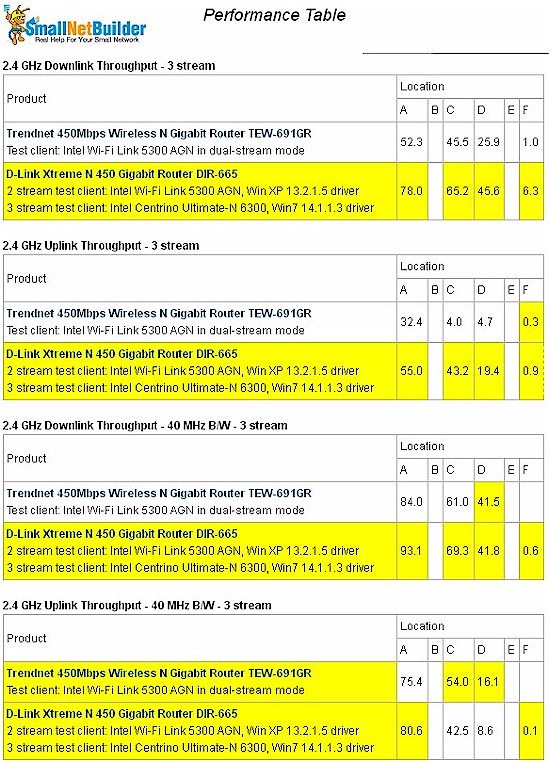
Figure 4: Three stream performance – 2.4 GHz band
But as signal level drops in Locations C and D the TEW-691GR does as well or better than the DIR-655. In the weakest signal location F, however, the TRENDnet failed to muster enough throughput to run the test in 40 MHz bandwidth mode while the D-Link could.
Still, best case throughput of 93 Mbps from the DIR-665 in Location A, running uplink in 40 MHz mode is just about the same as I previously measured (91 Mbps) using a two-stream test client!
Figure 5 is the IxChariot plot summarizing 2.4 GHz band three-stream downlink tests in 20 MHz bandwidth mode. Throughput is generally well-behaved. But note the tendency to start with low throughput, then switch to higher at the start of some tests. You can really see this in the 20 MHz mode uplink plot linked below. I could not get the effect to go away after multiple test runs.
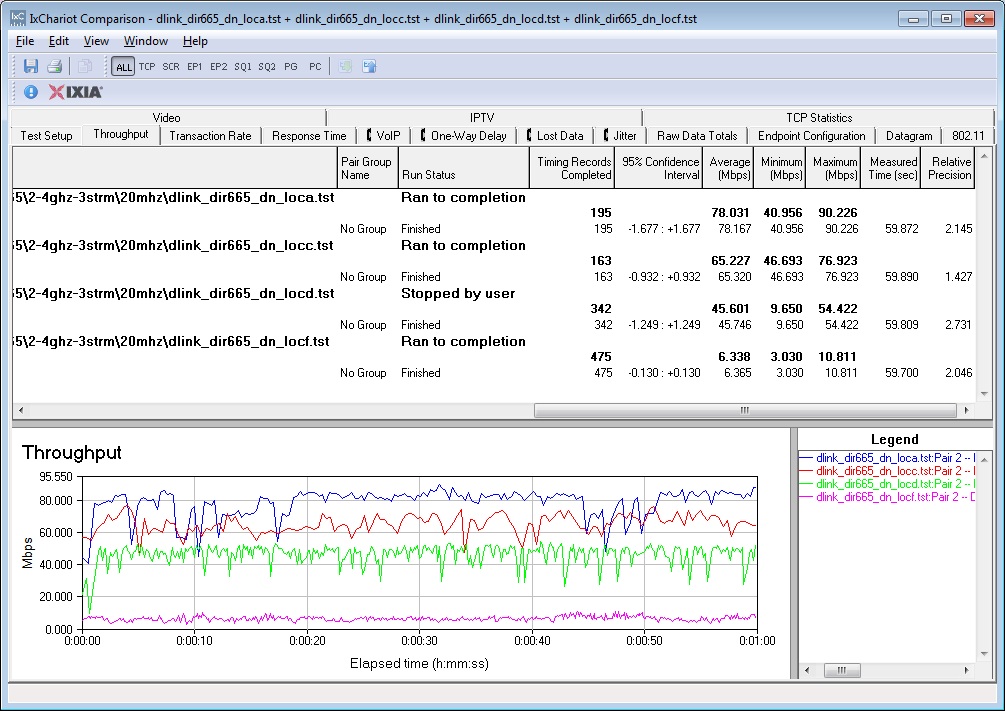
Figure 5: D-Link DIR-665 IxChariot plot summary – 2.4 GHz, 20 MHz mode, downlink, three stream client
Running simultaneous up and downlink tests in location A in Auto 20/40 mode produced the highest total throughput of 125 Mbps.
Here are links to the other 2.4 GHz plots for your perusal:
- 2.4 GHz / 20 MHz uplink
- 2.4 GHz / 20 MHz up and downlink
- 2.4 GHz / 40 MHz downlink
- 2.4 GHz / 40 MHz uplink
- 2.4 GHz / 40 MHz up and downlink
For the 5 GHz band, my E4200 test commentary covered the DIR-665’s performance. I’ll just note again that the DIR-665 produced the highest throughput of 93 Mbps running downlink in Location A
The IxChariot plot in Figure 6 again shows the low-to-high switch that occurs at the start of test runs in Location A. You’ll see this effect again in some of the other plots linked below.
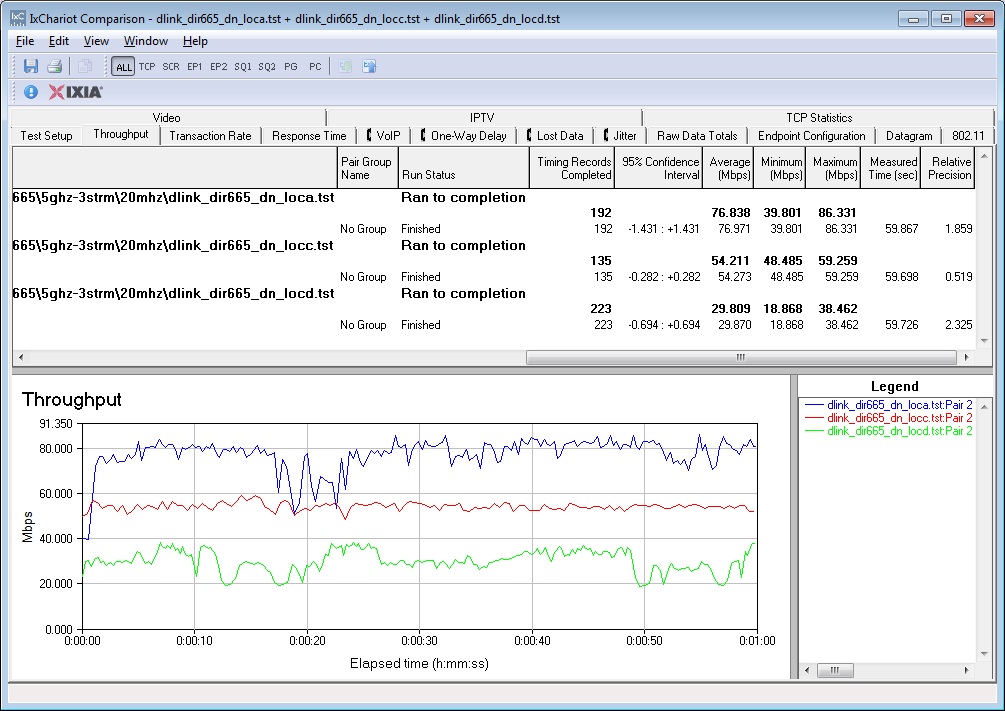
Figure 6: D-Link DIR-665 IxChariot plot summary – 5 GHz, 20 MHz mode, downlink, three stream client
Running simultaneous up and downlink tests in location A in Auto 20/40 mode produced the highest total throughput of 124 Mbps.
Here are links to the other 5GHz plots for your perusal:
- 5 GHz / 20 MHz uplink
- 5 GHz / 20 MHz up and downlink
- 5 GHz / 40 MHz downlink
- 5 GHz / 40 MHz uplink
- 5 GHz / 40 MHz up and downlink
Closing Thoughts
After testing five three stream N products with a proper three stream N test client, I have to say I’m not impressed with the state of three-stream N right now. Getting a three stream N connection at all was a bit tricky in almost all cases, requiring adapter disables / enables and / or playing with connect modes in the Intel client advanced properties.
This shouldn’t be the case. If a three-stream router associates with a three-stream router or AP, you should get three stream rates without having to fiddle with settings. At least right now, that doesn’t seem to be the case.
A second observation from this round of testing is that you get the higher-throughput benefit from three-stream N only under very strong signal conditions. Once the signal reduces to even medium levels (as in test Location C), you’re pretty much back to two-stream throughput.
In fact, even if you get higher thoughput, the gain isn’t that significant. I went through the Performance Tables for the best performing products and picked out the best case throughput measured with two and three stream clients. Considering the cost, lack of stability and slim pickin’s for three-stream clients, I’d say the hassle is hardly worth it!
| Product | 2 stream (Mbps) | 3 stream (Mbps) |
|---|---|---|
| D-Link DIR-665 | 90 | 93 |
| Cisco Linksys E4200 | 79 | 89 |
| NETGEAR WNDR4000 | 83 | 87 |
Table 1: Best case throughput – 5 GHz band
Finally, the Intel Centrino "Ultimate- N" 6300 client seemed to like working with the Broadcom and Marvell-based routers more than the Ralink. Link rates tended to be higher and more stable with the NETGEAR WNDR4000, Cisco Linksys E4200 and D-Link DIR-665 than they were with the Belkin N750 DB and TRENDnet TEW-691GR.
I’d expect (hope?) that this can be improved with router firmware and client driver updates. But only time will tell. If Intel’s track record of updating its Wi-Fi Link 5300 AGN client drivers is any indication, we should expect a steady stream of tweaks for the 6300.
In the meantime, if you’ve been thinking that three-stream N will solve your wireless bandwidth problems, think again. The data speaks for itself and says "It won’t".
